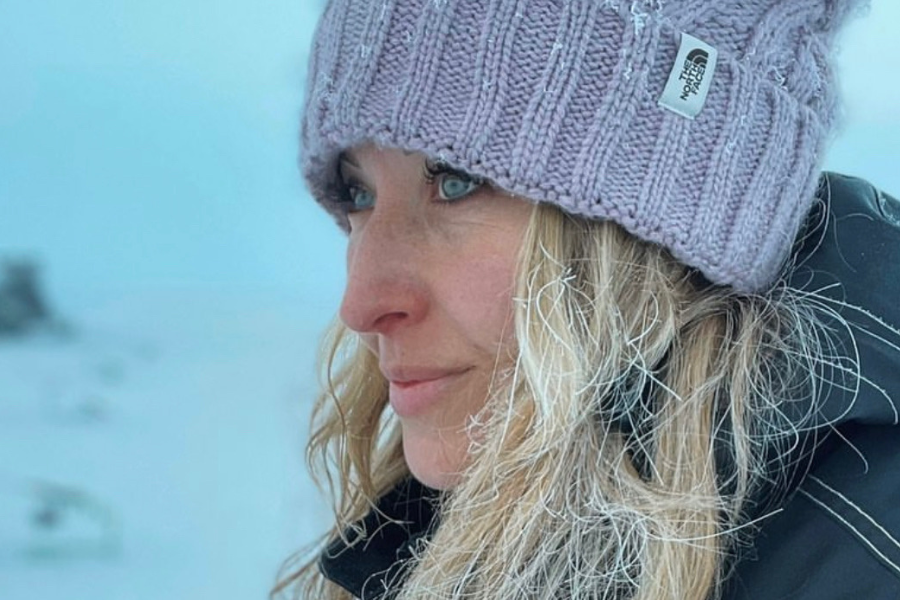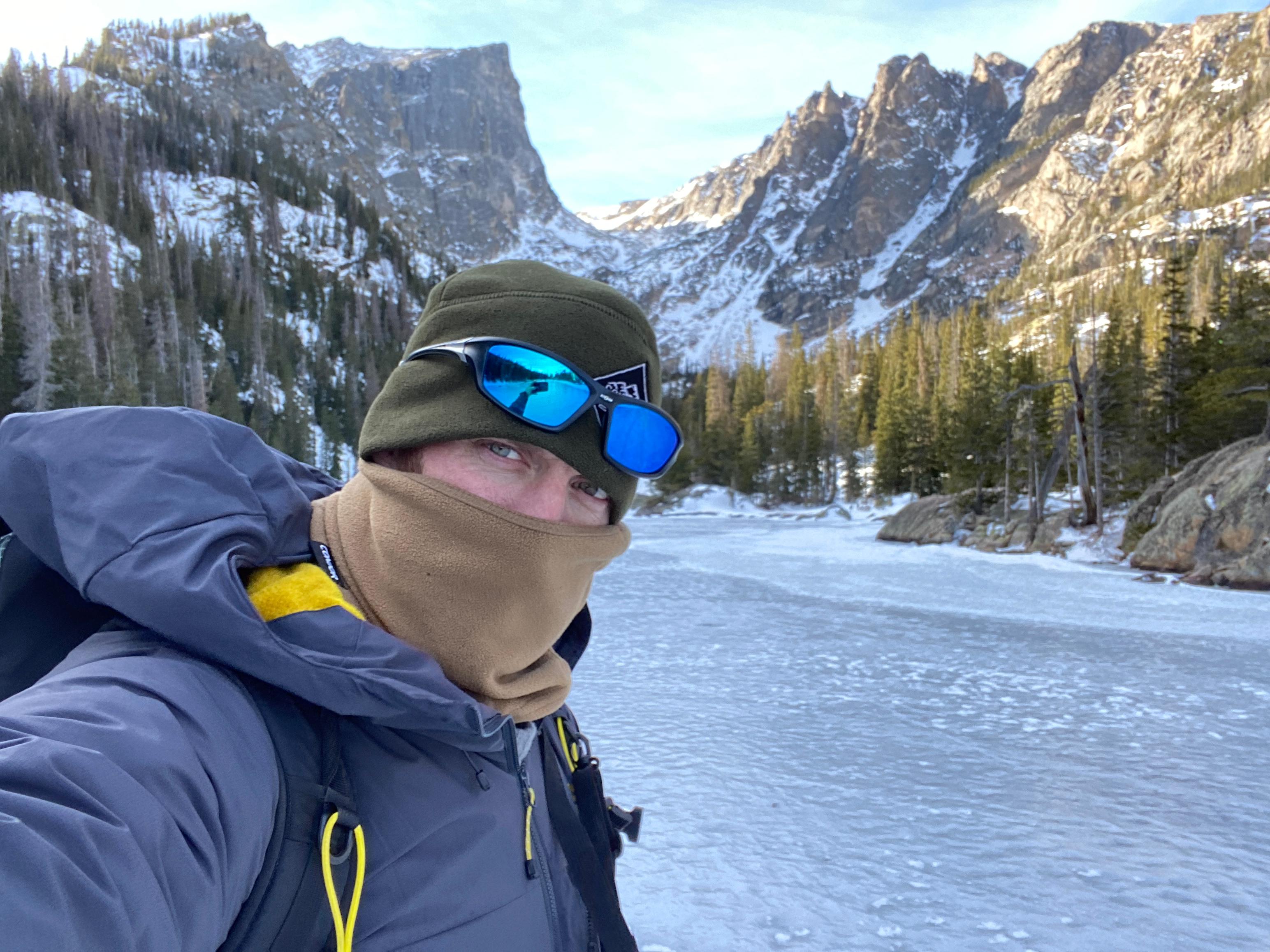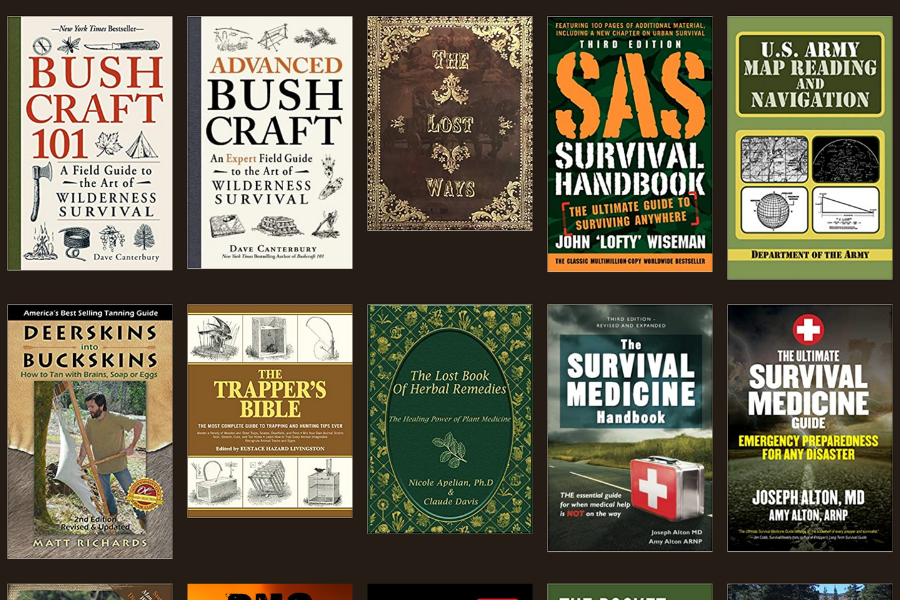Winter Clothing
Winter Clothes Layering Fundamentals: Layering is Key Your Clothing is Your First Line of Defense. Layering clothes is an effective way to stay...

Layering your clothing will keep you toasty warm and is the best way to maximize your comfort and is extremely important in Colorado as our weather conditions change frequently. Us locals commonly joke that if you don't like the weather, wait 15 minutes and it will change.
Air is a poor conductor of heat, so layering allows you to trap warm pockets of air around your body, all the while pulling moisture away from your skin and keeping the elements out. It also allows you to make easy adjustments based on your activity level and changes in the weather.
Each layer is important and has its own function. The base layer which is against your skin, manages the moisture that your body gives off. The insulating layer is just that as it keeps the cold out and warm in. The shell layer or outer layer shields you from the elements as it keeps wind and water out. You simply add or subtract layers as needed.
This is the layer that is next to your skin. It helps regulate your body temperature by moving moisture away from your skin. In extreme situations, you don't want anything between your base layer and your skin, so shed those water retentive skivvies and let the water wicking material do its job. Keeping dry helps you maintain a cool body temperature in the summer and avoid hypothermia in the winter. As most people know cotton retains moisture, therefore is a horrible base layer option. You will constantly feel damp or cold, even though you aren't getting direct exposure to the rain or snow. Cotton takes a long time to dry out, making it a poor choice for an outdoorsman.
For comfort, your base layer should be made of wool or synthetic fabrics such as polyesters. These fabrics do not absorb and retain moisture, but rather they transport moisture away from your skin, dispersing it on the outer surface where it can evaporate. This allows you to stay drier even when you are sweating or in humid conditions. To remain comfortable in warm weather, your typical undergarments should be made of thinner versions of these materials. For cold weather you should have mid to heavier weight material. Having an entire long underwear set against your skin is very important in cold weather. It can be fit snugly or loosely depending on your preference. Choose the weight and style that best matches your situation and comfort preference. And don't forget your feet. Water wicking or wool socks are invaluable. Personally, I wear wool socks year round!
The insulating layer helps you retain heat by trapping air close to your body. Like we mentioned before, air is a poor conductor of heat, making this mid layer important for retaining the heat that your body puts off.
We feel that wool is your best option. Wool sweaters are great insulation and will keep you warm even when wet.
Goose Down is excellent for very cold and dry conditions as it is very warm, yet lightweight and will compress nicely in your pack. However, if it gets wet, it looses insulating ability.
Fleece is a great middle layer option as well but beware cheap fleece garments as many are not made of the proper material for an actual outdoor experience. Be sure your fleece is made of wool, polyester or other synthetics such as Thinsulate. Fleece is lightweight, breathable and if made out of the correct material, will insulate even when wet. Fleece is typically fast drying and is quite warm. The drawbacks of fleece is that it is not wind resistant and is bulky. Fleece also comes in a variety of weights, so be sure to choose which is best for you.
The shell or outer layer protects you from wind, rain or snow. Most are treated with a durable water repellent finish to allow water to roll off the fabric. It is very important to have an outer shell that will allow moisture to escape yet keep wind and rain from penetrating to your inner layers. Without proper ventilation, moisture can't evaporate and will condenses on the inside of your shell.
Your shell layer should be roomy enough to fit easily over other layers and not restrict your movement. When choosing your outer shell, you should layer up and then try it on. Make sure you are comfortable and can move freely. You don't want to have to take off your outer shell in order to perform normal tasks.
For cold conditions you are best to have a waterproof/breathable shell but these are typical cost preventative.
Water-resistant breathable shells are far more common and far less expensive. Water-resistant breathable shells are the most common and good for light precipitation. They will block wind, light rain and snow. We recommend ones that are made of ripstop nylon and have a hood to give you added protection.
It is also advisable to carry a waterproof/non-breathable shell which is more commonly known as rain gear. In extreme wet conditions, this is a must have. Rain gear comes in an assortment of styles and material. Be sure to get gear that will hold up to rigorous use and wont tear easily.
Don't forget about your head feet and hands, especially in the winter! During the summer, I nice breathable hat with a brim to shade you from the sun will help immensely.
During the winter or cold conditions, you will loose a lot of heat through your head so be sure to wear or bring with you proper headgear. Your outer shell should have a hood but you should also carry other forms of headgear. I carry both a wool cap and a fleece cap for comfort. In cold but dry conditions I wear my fleece cap but switch to my wool cap in wet conditions as it doesn't readily absorb the moister and will keep me warm even when wet. A fleece headband is another good backup option for when it is too warm to wear a full cap but not warm enough to keep your ears from hurting. A good winter face covering and a scarf are desirable also, especially for windy conditions. If you expect to be trekking through snow covered regions, snow goggles or a good pair of sunglasses are invaluable to help prevent becoming snow blind or getting windburn on your eyes.
For my hands I prefer fingerless wool gloves that I wear as a base layer and larger winter mittens that I wear loosely to allow my fingers to stay together for warmth. Large mittens also allows room for hand warmers should conditions warrant them. Winter ski type gloves are also a good idea for backup should you be performing a lot of tasks where you will need general use of your hands for gripping but personally I think nothing beats a good pair of heavy duty mittens. In addition, I carry a pair of good fitting leather gloves for tasks that require more fine motor skills that I cannot do with bulky gloves on.
Good quality, comfortable boots are a must! High ankle winter boots are a must for the winter. Should you be venturing out in the snow, be sure to choose a boot that is well-insulated and waterproof. Make sure your winter boots are large enough for you to wear thick wool socks and always, always, always bring with you at least one extra pair of socks. Gaiters to go over your boots are also a lifesaver. They will keep deep snow from entering your boots as well as help keep the bottom part of your pants dry. I recommend at least a mid-calf gaiter that will do both of these tasks.

Winter Clothes Layering Fundamentals: Layering is Key Your Clothing is Your First Line of Defense. Layering clothes is an effective way to stay...

Every good university needs a textbook or two. Below are books I have either read myself or have been highly recommended by others but I have not...

In this video, I teach you how to make a penny lock for a cable snare. I also talk about how to make a simple locking mechanism for a basic wire...